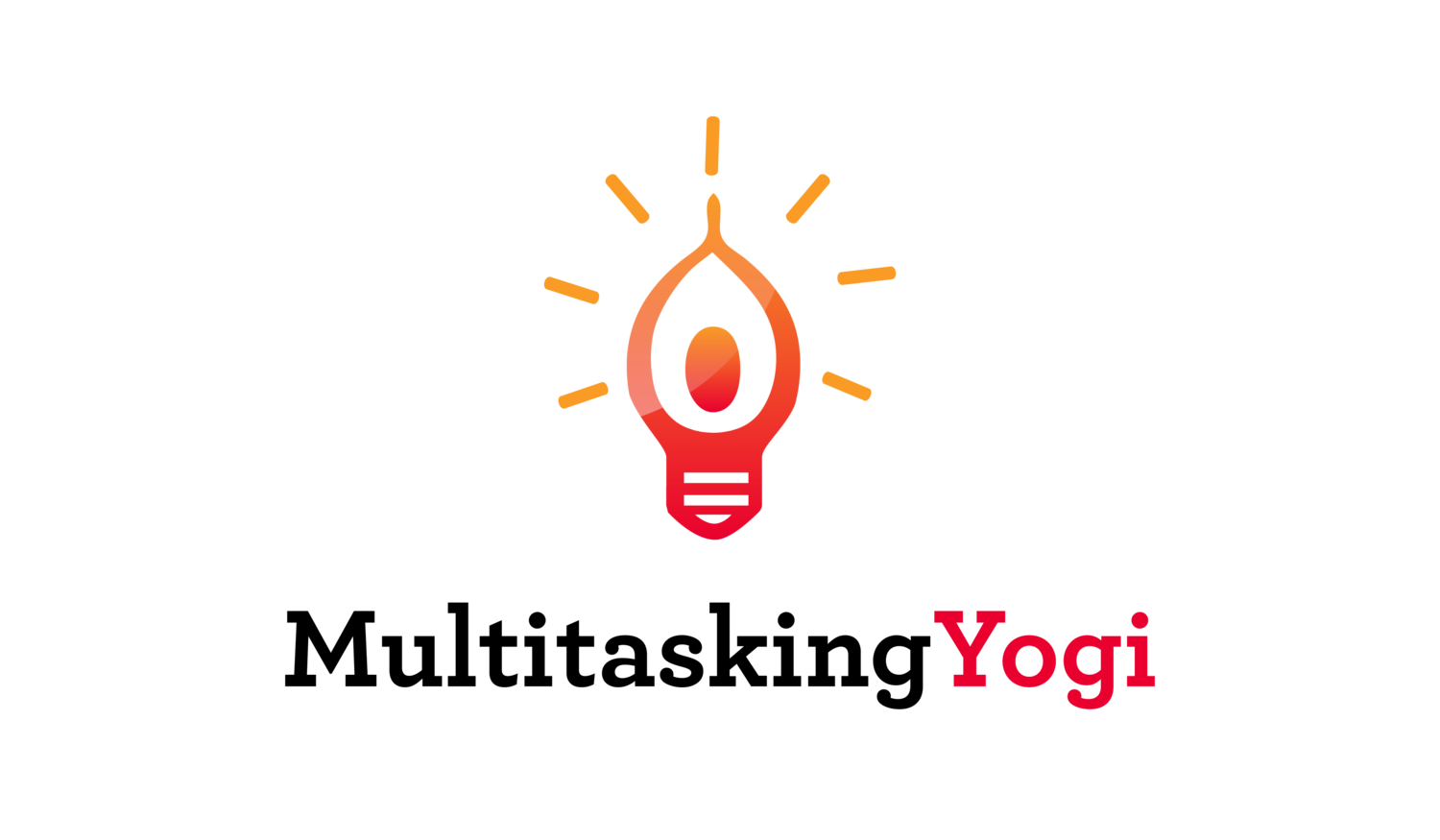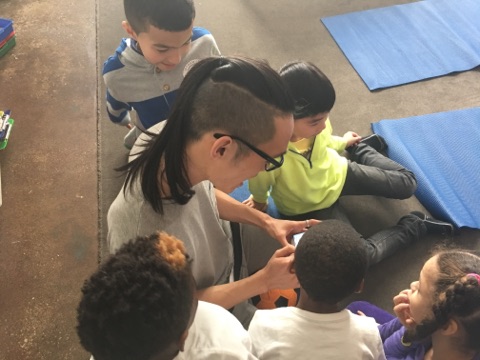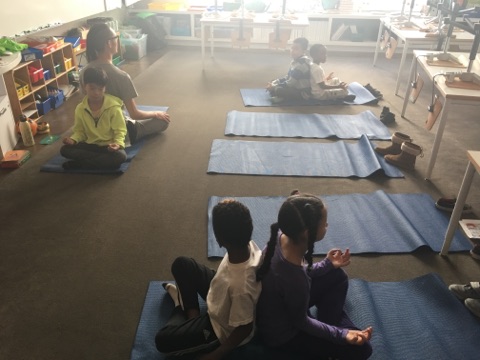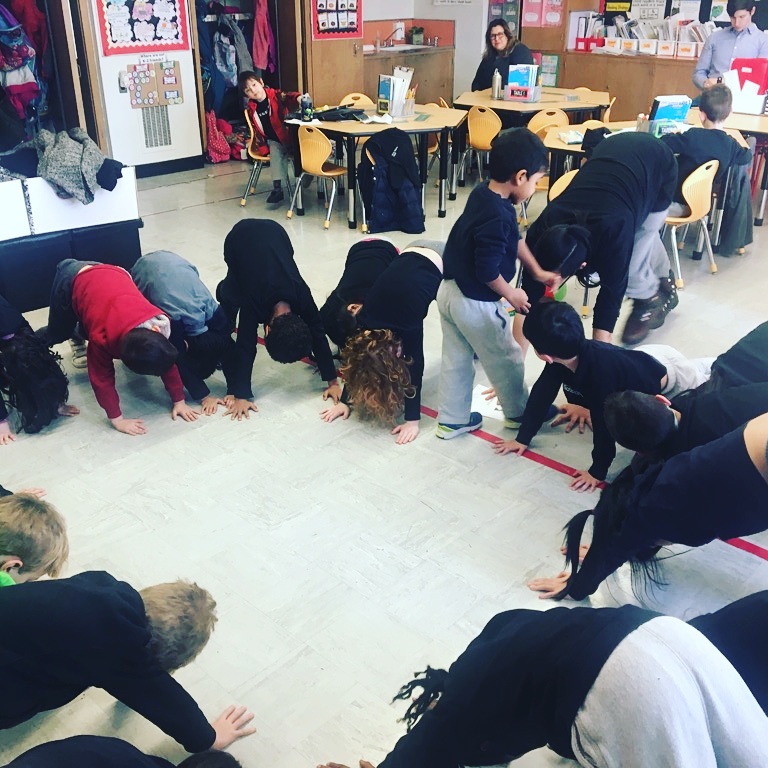Yoga and mindfulness bring students into the present moment – the most basic requirement for learning.
Eastman-Mueller et al., 2013; Wang & Hagins, 2016
By integrating physical movement with breathing exercises and mindful awareness, yoga serves as a promising form of physical and cognitive training to enhance learning-related outcomes.
Khalsa and butzer
Yoga interventions can help alleviate stress by decreasing cortisol concentrations.
Buzter et al
Slow, deep breathing actually stimulates the opposing parasympathetic reaction from "fight or flight" — the one that calms us down.
Esther Sternberg - National Institute of Mental Health
―
Studies suggest that the amygdala response to emotional stimuli is lower when the subject is in a meditative state of mindful-attention, both in beginner meditators after an 8-week meditation intervention and in expert meditators.
My favorite facts that have inspired me:
via Paul Tough's Helping Children Succeed.
1.
The 30-year long Jamaica study of 129 infants found the intervention that made a big difference in the children’s lives wasn’t the added nutritional supplements; it was the encouragement to the parents to play. The children whose parents were counseled to play more with them did better, throughout childhood, on tests of IQ, aggressive behavior, and self-control. Today, as adults, they earn an average of 25 percent more per year than the subjects whose parents didn’t receive home visits; by a variety of measures, including wages, these formerly delayed infants have now caught up with a comparison group of their peers who didn’t show any signs of delay in infancy.
2.
The St. Petersburg study compared the outcomes of infants under the age of two in an orphanage where care was "done to the children mechanistically" versus emotionally engaged care: slight changes to vocalizations and smiles, the kind of thing most parents do with their own children instinctively. Things changed for the orphans almost immediately. After nine months, they scored substantially better on measures of cognitive ability, social-emotional development, and motor skills. Perhaps most remarkably, the children improved physically as well. Though nothing changed in their diet or the medical care they received, their height, weight, and chest circumference (each of which had been stunted before the reforms) all measurably increased.
3.
A 2006 study compared the impact of two different Post-it notes added to students' essays: "I’m giving you these comments so that you’ll have feedback on your paper" and "I’m giving you these comments because I have very high expectations and I know that you can reach them." Students were given the option of revising their essay to respond to the comments and improve their grade. White students in the class, who had little reason to think that they might be judged according to the teacher’s stereotyped view of their race, were slightly more likely to revise their paper if they received the “high expectations” Post-it, but the effect on them was quite small. Among the black students, however, the treatment and control groups behaved wildly differently. Just 17 percent of the black students who received the bland “so you’ll have feedback” Post-it revised their paper, compared with 72 percent of those who got the “high expectations” Post-it. At the very moment when a student might be gearing up to react to the teacher’s comments as a threat, a sign of the teacher’s personal disapproval or bias, the Post-it gave the student an alternative frame through which to view those comments — not as an attack, in other words, but as a vote of confidence that the student was capable of high-quality work.




